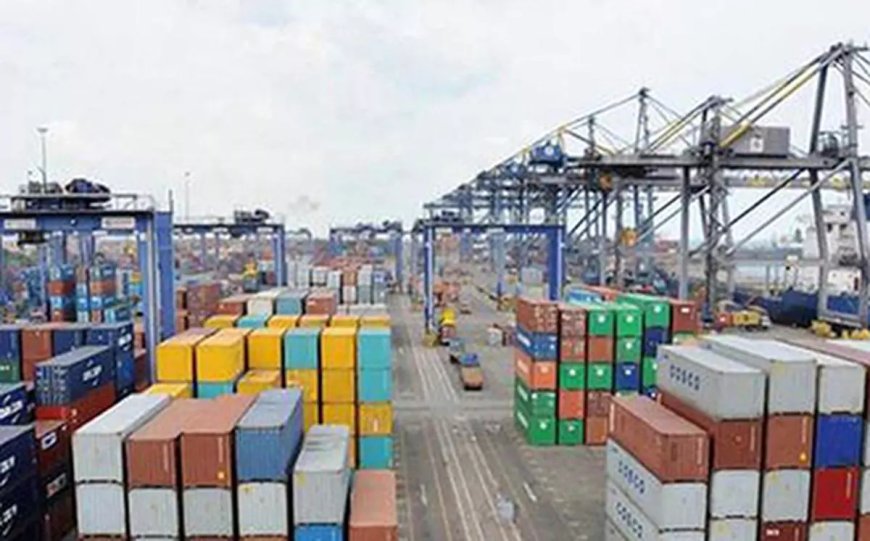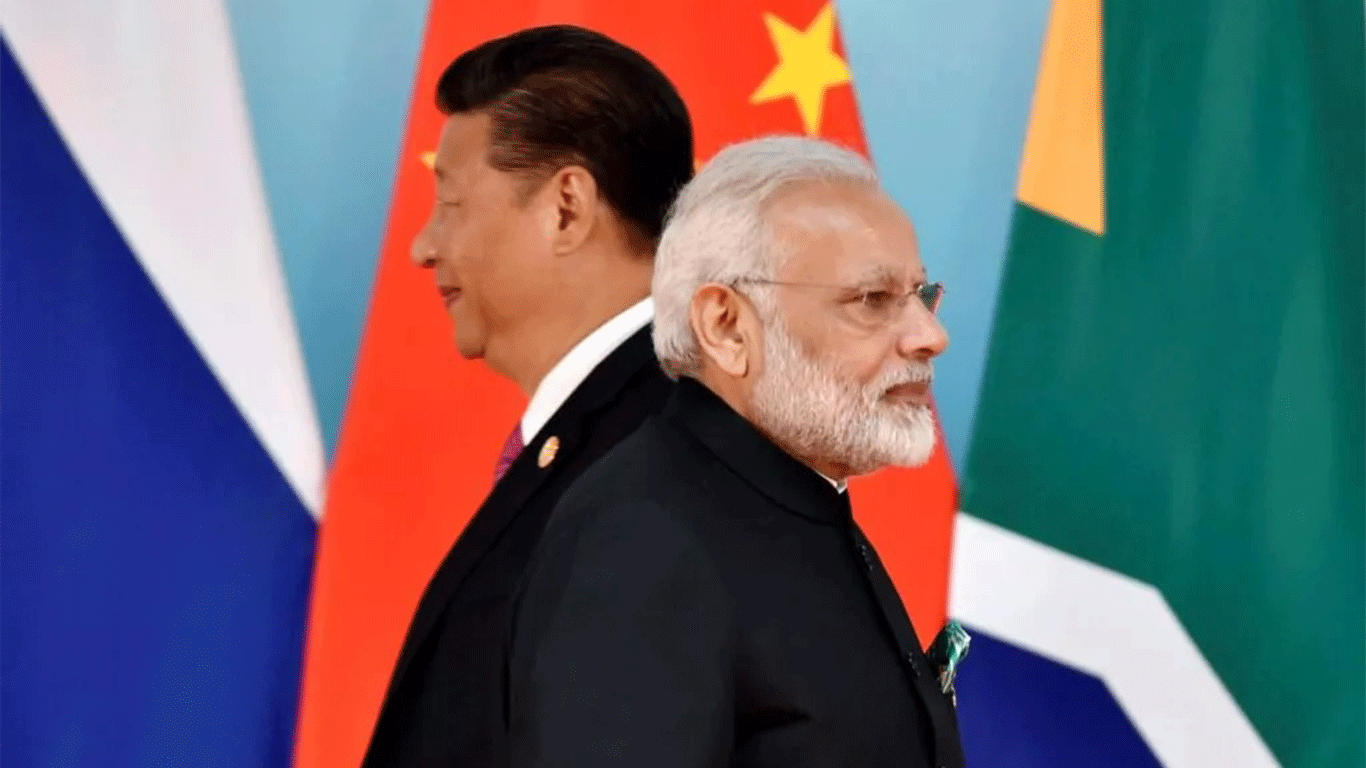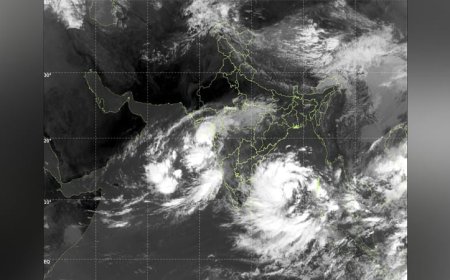Bangladesh anticipates export growth even amidst changes in global trade dynamics
Bangladesh anticipates export growth even amidst changes in global trade dynamics

Bangladesh, a South Asian nation with a population of 180 million currently facing political instability, anticipates significant export growth despite recent shifts in global trade dynamics.
According to a document from the Ministry of Finance, this optimism is based on projections from the World Trade Organization (WTO).
While global trade contracted in 2023, the WTO forecasts an increase starting in 2024. The organization predicts that world merchandise trade volume could rise by 2.6 percent in 2024 and 3.3 percent in 2025. This expected growth is attributed to decreasing inflation, which will likely lead to increased consumer purchasing, thereby boosting exports.
However, advanced economies are expected to see relatively modest export growth compared to Emerging Market and Developing Economies (EMDEs), including Bangladesh. EMDEs are characterized by faster economic growth rates compared to other regions.
The document indicates that exports from EMDEs are projected to grow by approximately 4 percent in the medium term. For Bangladesh specifically, export growth (by volume) slowed from 8.79 percent in 2023 to an anticipated 3.93 percent in 2024, but it is expected to accelerate again, reaching 8.83 percent by 2027.
The Euro area, which faced a significant contraction in 2023, is expected to gradually recover, with export growth rates around 3 percent from 2025 onward. In contrast, China's export growth rate is forecasted to remain moderate, ranging from 1.8 percent in 2025 to 2.85 percent in 2026. India is predicted to see a strong rebound in export growth, recovering from a contraction of -2.76 percent in 2023 to about 4 percent by 2025.
The UK's export growth outlook remains subdued, with expected contractions in 2023 and 2024, followed by modest growth rates below 2 percent until 2027. Conversely, the USA is projected to maintain a relatively stable export growth rate of around 3 percent from 2024 to 2027.
As exports begin to recover, the official document also suggests that imports will rebound in the medium term (2026-27). Similar to export performance, EMDEs are expected to outpace advanced economies in terms of import growth, driven by infrastructure investments and expanding consumer markets.
While the global import outlook indicates a gradual recovery, the document highlights differing trajectories for individual countries. The IMF predicts that Bangladesh's import volume growth will sharply rebound from a contraction in 2023 to modest growth of 4.1 percent in 2024, followed by robust growth of approximately 18.0 percent in 2025.
China is expected to see a declining trend in import growth, with rates of 3.4 percent in 2024 and 0.9 percent in 2025. On the other hand, India's import growth is forecasted to accelerate from 4.8 percent in 2024 to 6.6 percent in 2025 and beyond.
In advanced economies such as the UK and the USA, import growth is projected to remain low, with the UK even experiencing negative growth in 2025.
What's Your Reaction?



















































































